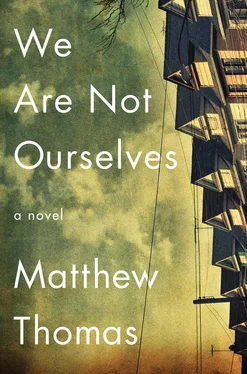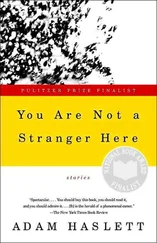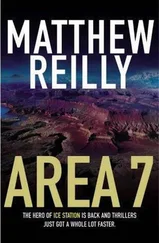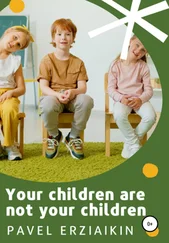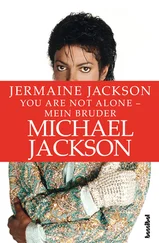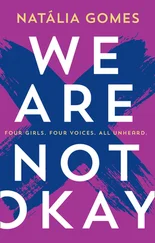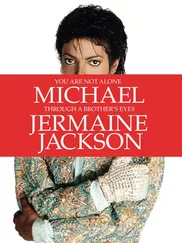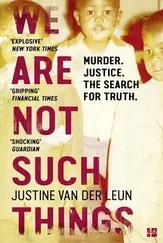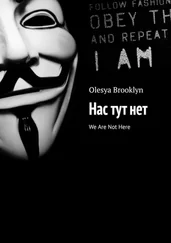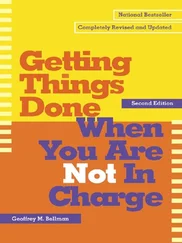Write by hand, if you can. It’s the easiest way to eliminate distractions, and it provides tremendous forward momentum, because it’s harder to stop and edit when you’re writing by hand, and it’s especially difficult to get caught up in trying to perfect every sentence as you write it. Writing a first draft on a computer often yields the spectral experience of watching your sentences disappear off the screen shortly after you write them, because they’re seldom just right the first time and if you give yourself any chance to get rid of them, you will do so. It’s harder to delete bad sentences when you handwrite; you really have to cross them out a lot, and a vestige of them remains behind despite your best efforts. And that’s good. Because when you go back and look later, with a kinder eye than you possess in the white heat of composition, at the first sparks the unconscious mind threw off, you often find something in them worth preserving.
Chad Harbach calls your protagonist Eileen Leary “a real addition to our literature,” praising her as a “mother, wife, daughters, lover, nurse, caretaker, whiskey drinker, upwardly mobile dreamer, retrenched protector of values.” She’s so vividly rendered that she feels familiar. How did you come up with her character? Is she based on anyone in your life? If so, can you tell us a little about them?
Eileen was rooted originally in my mother, who is a more dynamic and complex person than I could ever have hoped to capture on the page. Eventually I found creative freedom in letting Eileen be who she wanted to be. In general, the novel came fully to life when I allowed my characters to be characters and abandoned any attempt to mimetically reproduce the fathomless humanity of any individual person.
Beyond my mother in specific, I was also trying to evoke the spirit of some of the women I’d admired when I was growing up: strong, career-minded women at the forefront of the next wave of feminism making historic inroads into a male-dominated professional hierarchy.
Eileen’s story manages both to be highly personal and universal. Publishers Weekly praises it in a starred review, saying Eileen’s “life, observed over a span of six decades, comes close to a definitive portrait of American social dynamics in the 20th century.” Did you do any research about American social history while you were writing We Are Not Ourselves?
Writing about New York is almost by definition writing about American social history, because New York is freighted with so much significance in the American imagination and perhaps the human imagination in general. The city bears the weight of nearly limitless thematic importance as a symbol of capitalism, immigrant opportunity, decadence, urban decay and renewal, race and class relations, and inequities in the distribution of resources. I wanted to render New York as accurately as I could on the page, so I ended up doing a good deal of research into the city’s history, the history of Queens in particular. I researched immigration patterns, to see which neighborhoods different ethnic groups settled in, because I wanted to place my characters correctly on the map. I researched the manufacturing sector in New York, to see what was sold and where, because manufacturing jobs — paints and pigments, watches, the garment and meatpacking districts, the millinery industry — were the incubator of the middle class in the area, and the loss of those jobs was the loss of that incubator. One thinks immediately of Detroit when one thinks of the collapse of manufacturing, but the boost given Ed by the manufacturing sector was once fairly typical in New York, and its loss had an impact on social mobility.
I consulted box scores, recaps, and newspaper articles to learn as much as I could about the specific New York Mets games that appear in the novel. This was more than a diversion for me. I see baseball as being woven inextricably into American social history. For years, baseball was a point of entry into American culture for immigrants who found they could share a language with established Americans in the joys and tribulations of fandom. And it was a primer for many males in the performance of the rituals of masculinity, beginning with stickball or Little League or the catch with Dad, and continuing, the idea went, into one’s relationship with one’s own child. Baseball fandom became a signifier of one’s willingness to assume certain ratified, prescribed male roles. And affections for teams were tribal, and epic in scope. If a girl’s father was a Yankees fan, then she was a Yankees fan. That bone-deep identification is fertile territory for fiction, because it activates the most basic impulse of storytelling. This is who I am — a Yankees fan.
The kind of research I found most compelling (aside from the fun of figuring out which styles of watches, cars, and clothing were popular at different junctures) was the sort not readily available in documentary texts, the sort James Joyce wrote back to Dublin about when he was composing from abroad. What’s the name of that store on the corner? How far is it from such and such a church to such and such a house? The facts on the ground. The Internet is an extraordinary resource for this kind of thing. Google Earth is a miracle for fiction writers. But nothing is as fruitful as naked-eye observing. So I went to sites and looked around. I got a feel for places whenever I could.
Aside from my research into New York, I researched nursing practices, the state of medical insurance practices and Medicaid and Medicare law in the last couple of decades, the history of the development of Alzheimer’s drugs, intake procedures for nursing homes, and the effects of Alzheimer’s on the bodies of sufferers, including the rates of deterioration and so forth. But I never wanted to write a case study. I sought to write a novel first, and a novel that had to do with Alzheimer’s, second.
Probably the most productive research I did was simply interviewing friends and family members. Eyewitness accounts might lack the rigor of historical sources, but they preserve an unusual amount of the rich human texture of the past.
It’s apparent that Ed loves teaching and that, until his illness manifests itself, he’s widely respected by both his students and colleagues. How did your own experiences in the classroom inform Ed’s character?
Teaching at a Jesuit school, where an ethic of service is inculcated not just in the students but in the faculty and staff, gave me insight into how a teacher like Ed, who is so dedicated to his students, might think. Ed derives genuine spiritual sustenance from his work, and I’m not sure I could have understood that if I hadn’t been a teacher myself. Teaching is a job in which something critical — the molding of the minds of others — is always at stake in the routine performance of the task. In its purest form teaching is a vocation, and as is true with the performance of any vocation, you get back from it more than you put into it, even when you put a lot into it and even when it’s not always “fun.” It’s a privilege to teach. It’s a privilege to spend all day helping people with their writing and their thought processes. And it’s a privilege to discuss books with developing minds. I remember thinking, early in my career, when we were digging into “Ozymandius,” What an extraordinary thing this is, to be standing here talking about this poem with these young people at one in the afternoon. I never forgot that feeling, even when exhaustion made the profession a challenge. Certainly, grading papers late into the night, and experiencing the foggy mind that results from sleep deprivation, enabled me to write my way into the section where Ed is having a hard time getting his lab reports graded.
Читать дальше
Конец ознакомительного отрывка
Купить книгу
